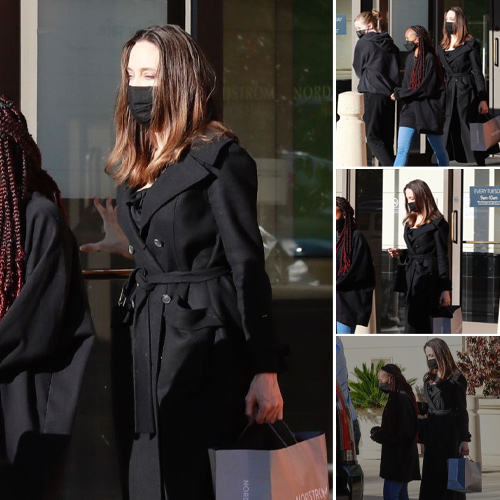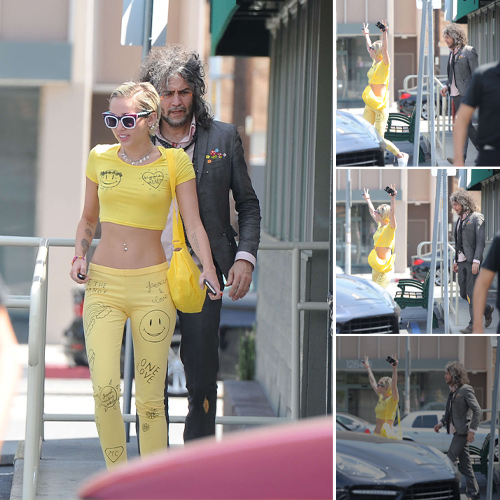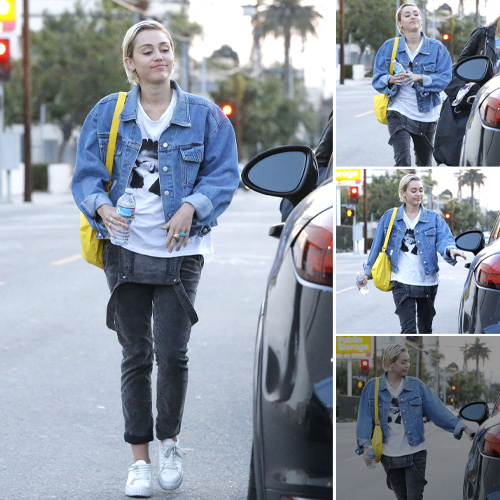In the landscape of 1980s cinema, amidst the cacophony of sci-fi spectacles and action adventures, there emerged a film that would encapsulate the quintessence of teenage angst and the vibrancy of youth culture. “Pretty in Pink” (1986), directed by Howard Deutch and penned by the legendary John Hughes, is a film that transcends its era to deliver a timeless message about love, social divides, and personal integrity.

Set against the backdrop of American high school life, “Pretty in Pink” tells the story of Andie Walsh (Molly Ringwald), a bright and resilient teenager who lives on the wrong side of the tracks. Andie navigates the complexities of adolescence with a unique blend of grace and grit, aided by her loving, albeit quirky, father (Harry Dean Stanton) and her flamboyant best friend, Duckie (Jon Cryer), who harbors an unrequited love for her.
The narrative delves into the social stratification of high school, a theme John Hughes explores with both humor and earnestness. Andie catches the eye of Blane McDonough (Andrew McCarthy), a wealthy “richie” who, unlike his snobbish peers, sees Andie for who she truly is. The budding romance between Andie and Blane is the film’s central axis, around which issues of class prejudice and teenage insecurity orbit.
What sets “Pretty in Pink” apart from other teen romances of its time is its unapologetic confrontation of class issues. The film doesn’t shy away from depicting the stark differences between Andie’s modest, working-class world and Blane’s affluent, seemingly carefree environment. This clash is not only a source of external conflict but also internal turmoil for both characters, challenging their convictions and their relationship.
Moreover, the film’s fashion, epitomized by Andie’s homemade pink prom dress, has become iconic. This dress is not merely a garment but a symbol of Andie’s individuality and creativity. It speaks to her ability to forge beauty and identity in a world that often overlooks the underprivileged. The dress, much like the film itself, challenges the viewers to rethink norms and stereotypes about beauty and worth.
The performances in “Pretty in Pink” are another highlight, with Molly Ringwald delivering a nuanced portrayal of Andie. Ringwald’s Andie is both vulnerable and determined, embodying the spirit of every young person facing the precipice of the future while tethered to their reality. Jon Cryer as Duckie provides the comedic relief but also adds depth to the narrative through his heartfelt portrayal of unrequited love.
“Pretty in Pink” also benefits immensely from its soundtrack, which captures the essence of the ’80s while supporting the film’s emotional and narrative arcs. Tracks like “If You Leave” by Orchestral Manoeuvres in the Dark and “Pretty in Pink” by The Psychedelic Furs not only enhance the scenes they accompany but also encapsulate the emotional landscape of the characters.
In conclusion, “Pretty in Pink” is more than just a teen movie. It is a rich tapestry of social commentary, emotional depth, and cultural significance, woven together by John Hughes’ adept storytelling and Howard Deutch’s sensitive direction. Over three decades later, the film continues to resonate with audiences, serving as a poignant reminder of the trials and tribulations of growing up—and the beautiful, often painful journey of finding oneself amidst the chaos of youth.



